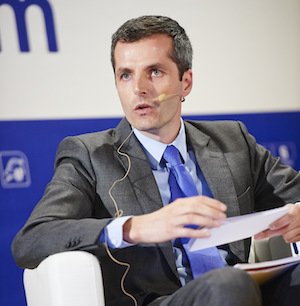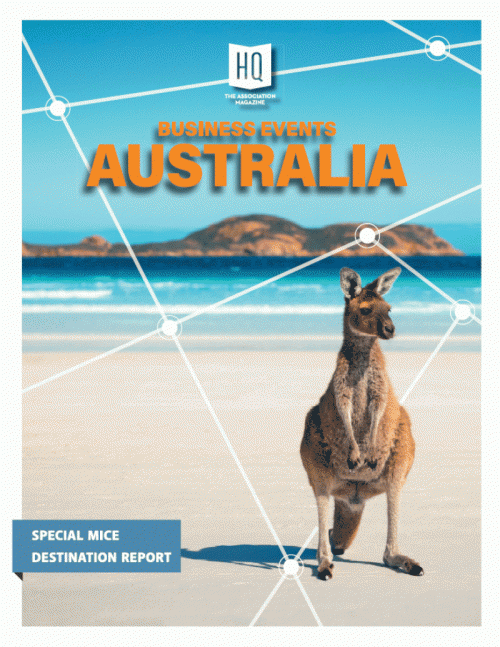Take the First Step in Digitalisation: Increase Engagement with Digital Tools

As the unstable global economic and political climate persist, community builders become more important in any society. Here’s one who positions not-for profit associations to become the key platforms for lifelong learning, networking and collaboration between professionals. LAUREA provides essential services that support social-mission organisations and non-profit association throughout its life cycle - at start-up, growth, improvement of its services & activities and organisational change. Their detail-oriented association management and conference organisation expertise includes organising webinars, multi-hub meetings and live streaming (which combine a ‘live’ and ‘virtual’ experience) that can maximise delegate engagement and increasing learning efficacy. Stefaan De Corte, founder and project manager of LAUREA, shares his views in our July technology special.
 How is technology transforming associations today?
How is technology transforming associations today?
I see two major implications:
First, association leaders can use digital platforms to increase the efficiency of their internal processes (membership fee collection, team collaboration, finance administration). As such, the association can free up time and resources to invest in activities that bring more direct added value to its members and stakeholders.
Second, the use of technology can streamline the association’s actions towards all external stakeholders. Using digital tools in the right way in marketing and communication, events and projects, increases their engagement with the association’s activities.
Can you give us an example of how digitalisation is changing our interactions with members?
Digitalisation brings members much closer to the association’s leadership and its activities. As such, the use of digital tools increases the ‘direct feedback’ from members and enables association leaders to better identify the real needs and expectations of members.
When used in the right way, digital tools put an association in the position to automate the membership renewal process, create a digital profile of each member, provide each member with seemingly ‘tailormade’ e-Newsletters based on a member’s preferences, create working or expert groups based on members’ specific interest and facilitate & animate these groups with a mix of digital content and digital and live events.
If an association leader can spend €100 on technology, where should he/she invest?
First, an association’s strategy should be clear: what do you want to achieve, whom do you want to serve (not in general but be very specific) and what are the key actions the association will implement to achieve this. Execution without strategy, is really a waste of energy.
When an association executive has €100 to spend on technology, I would invest in the creation of a stakeholder database with automated e-Newsletters. A well thought out database, allowing for segmentation on fields of interest, geography, profession… is really the basis of the future success of any advocacy or promotional campaign, event invitation or any effort to increase stakeholder engagement. Obviously, social media might allow for much (but not all) of this as well. However, in that case, the association needs to accept it will never be fully ‘in control’ of the data and that social media have their limitations (not the least that not all stakeholders use the same social media, privacy issues, etc).
For more information
Other Articles
About Us
Supported by the Union of International Associations (UIA), the International Association of Professional Congress Organisers (IAPCO) and the Interel Group, the global public affairs and association management consultancy, Headquarters Magazines serve the needs of international associations organising worldwide congresses.














